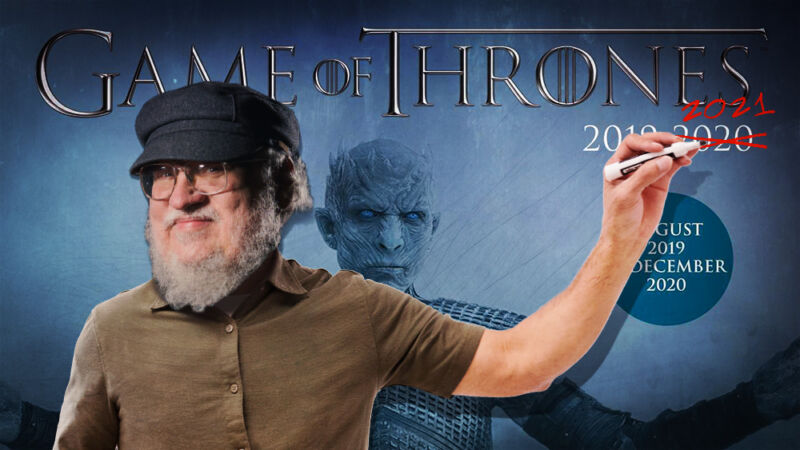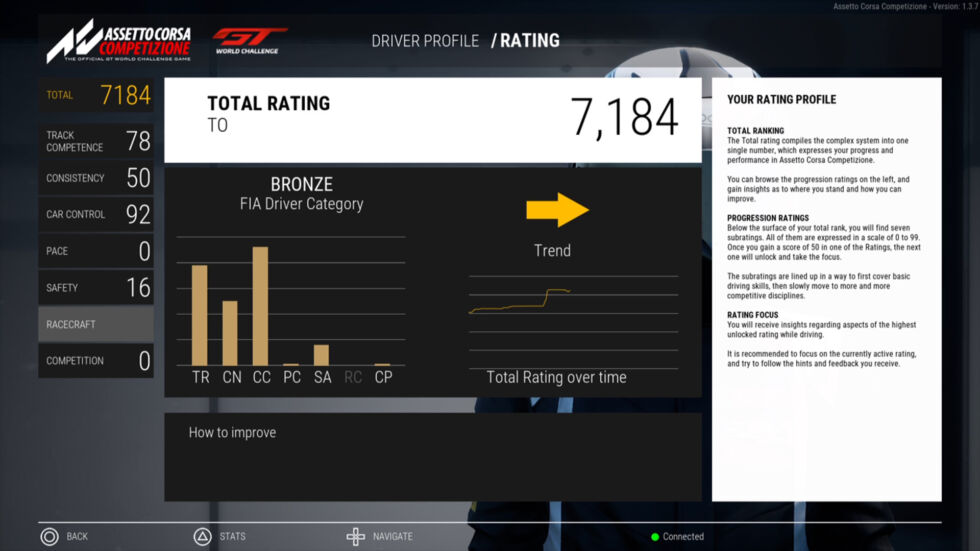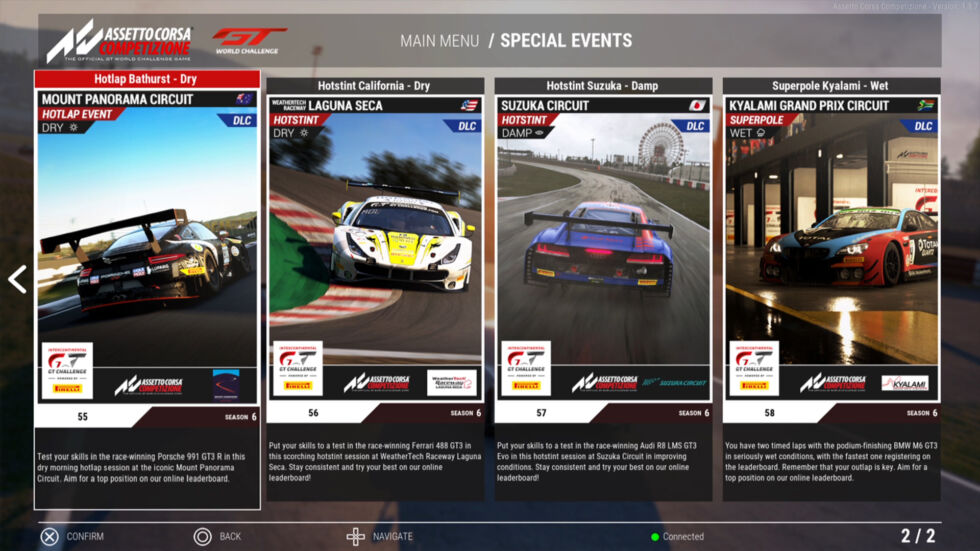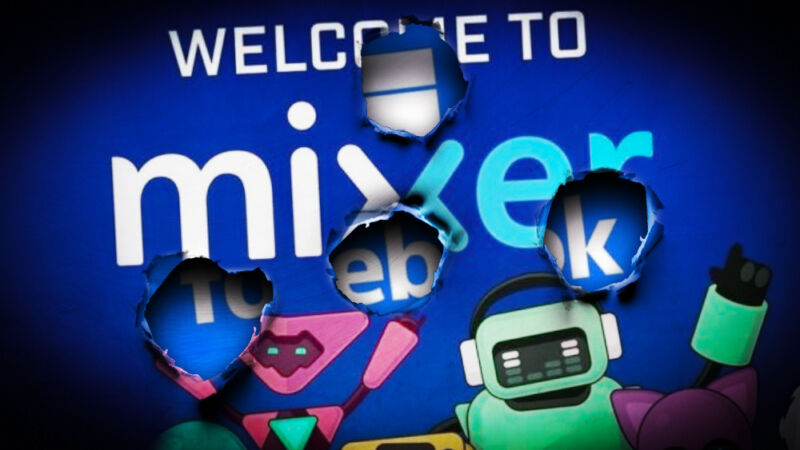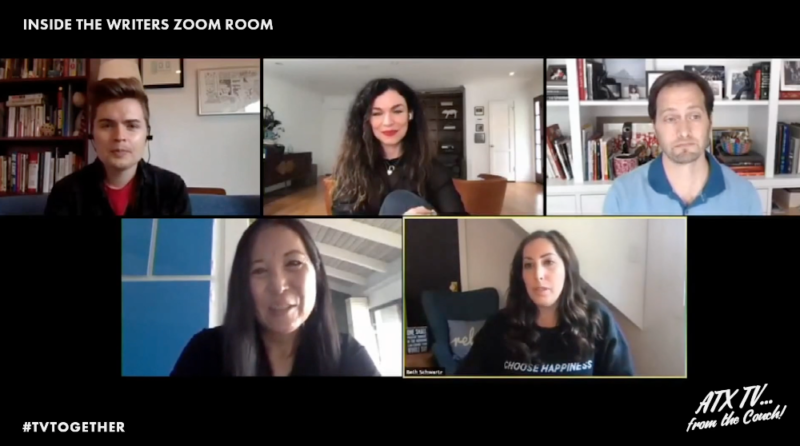Hump!, the online porn fest that wouldn’t have happened without quarantine
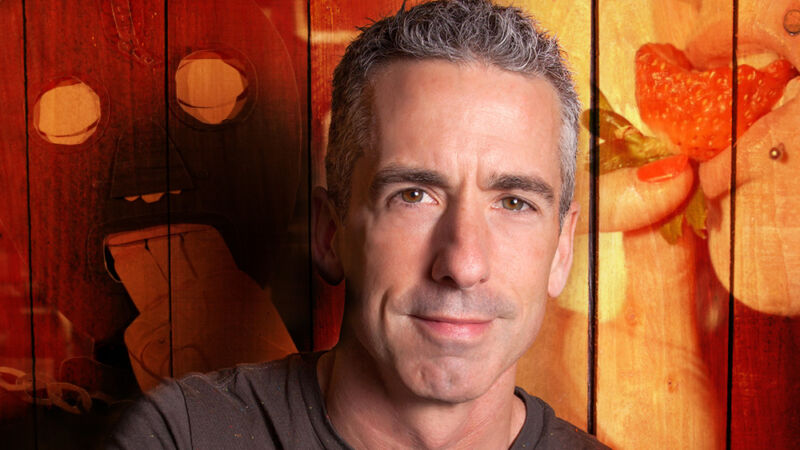
However cooped up you may feel after months of bingeing films and TV series in quarantine, it’s not entirely likely that you’d look at this article’s headline and say, “Yes, I need to kick my viewing habits up a notch with a curated selection of homemade porn.” The people behind Hump!, the United States’ best-known amateur-pornography festival, certainly didn’t want things this way, either.
“One thing about Hump! is, if you couldn’t get to a theater, you weren’t going to see it,” series curator and sex columnist Dan Savage tells me over the phone from his Seattle home. “Ever since the first Hump!, people have asked, ‘Are you going to sell DVDs?’ Which turned into, ‘Can you watch it online?’ But you can’t. There are no DVDs, and you can’t see it online.”
Hump! was always supposed to be offline. But just like pretty much everything else this year, Savage’s creation had to concede to the realities of coronavirus. And after launching a test run earlier in 2020, Hump! Greatest Hits, Volume 1 is following as a streamed-video exclusive (not VOD) over the next three weekends. And while the festival was never designed for online distribution, the silver lining is a very weird, and surprisingly eye-opening, perspective on what porn on the Internet can look like in 2020.
“An eternity on the Internet”
The festival began life as a Seattle-only experiment, produced by The Stranger, a weekly newspaper where Savage once served as editor in chief. (He continues writing for the paper’s print and online editions, primarily in the form of his nationally syndicated Savage Love column, which also has a popular podcast.) The Stranger had already begun promoting local arts and music events, and Savage thought an old-school, all-local porn fest, screened only in theaters, would be a gas.
It had a slogan: “Be a porn star for a weekend in a movie theater, without becoming a porn star for an eternity on the Internet.” This was 2005, after all, by which time free, easily downloadable porn had already become ubiquitous—and content like webcam portals was mostly aping the basest content from mainstream porn productions. Savage wondered what would happen if the “amateur” aspect of the industry was channeled into something old-school. His boss, former Stranger publisher Tim Keck, wasn’t so sure.
“He didn’t think anyone would make and submit films,” Savage says. “That the event would fall on its face and we’d have to cancel it. But even if not, would people come and sit in a movie theater, in the dark, next to strangers [laughs], to watch porn the way their grandparents used to?”
After two years of campaigning, Savage got the go-ahead to organize an event in 2005. As it turns out, local Stranger readers submitted films—over 30 individual clips, which floored everyone involved—while curious patrons snatched up tickets. The first year’s theater booking “sold out within hours,” Savage says. That year, and every year that followed, saw organizers solicit films from the public with optional content requirements that would prove the film was made specifically for the event. (The first year’s theme was a Beavis & Butt-Head-worthy chuckle: use of food and wrappers from local hamburger chain Dick’s. Future popular themes revolved around Republican politicians that Savage had mocked in his sex-positive and LGBTQ-friendly column over the years, including Mike Huckabee and Sarah Palin.)
“Part of the permanent record”
After starting as a Seattle-only theater event, Hump! began touring to other cities, including Portland, Vancouver, and San Francisco. In spite of this, the original version’s careful intent remained: all of the films in The Stranger’s possession were destroyed upon the conclusion of each fest, and theater management forbade attendees from having phones or recording devices out in the slightest. Also, as the series’ reach grew, so did its prize pool, as all participating films were eligible for cash prizes based on audience votes for categories like “funniest” and “best kink.”
For the most part, Savage says The Stranger staff’s early concerns about bashful participants were misplaced. “For the Seattle-only shows, if you made a film and gave it to us, the odds that a roommate, coworker, or [laughs] parent might be sitting in the theater and watch your porn might be high,” he says. “People at the paper thought, ‘I wouldn’t make porn under those circumstances, so nobody else would.’ And they were wrong!” Later in our chat, he concedes that some participants have contacted the fest’s organizers with second thoughts and worries, though that has become much less frequent in more recent years.
“Now in a world of sites like OnlyFans, and the creeping, dawning awareness over the last 15 years that all of us have dirty sex—and maybe even dirty little video clips we share with friends and lovers in circulation out there, as part of the permanent record—the stigma is less if someone were to be outed,” Savage says.
-
The trailer for Hump! Greatest Hits Vol. One is technically safe-for-work… but it’s also very in-your-face about its sexuality. This gallery is the tamest gallery I could make from that trailer. Hi, cardboard R2.
-
We’re pretty sure cardboard R2D2 gets down with low-rent Chewbacca.
-
Homemade cartoons count as “amateur” adult content for Hump!, like this one starring ET.
-
Looks like ET is about to phone home.
That leads to this year’s evolution to an online-only format, which Savage is adamantly clear about: all involved parties, particularly in this year’s return of older, fan-favorite submissions from the past 15 years, have given Hump! the go-ahead to stream online, knowing full well that someone could tap a “screenshot” button or record a snippet for Twitter sharing. Each screening includes Savage’s own direct, heartfelt appeal to viewers to suppress their possible sharing urges, instead directing them to an official trailer (warning: NSFW). Savage says a few filmmakers declined to be part of an online-only format due to their own concerns, and this is on top of prior festivals’ submissions that had been approved to only screen in certain cities.
“Audiences all over the country have been lovely and wonderful about protecting Hump!,” Savage says. “They want to keep it a safe space for people who may have an exhibitionist streak or share whatever their thing is, about their lover, their kink, their gender expression, whatever it is. But they don’t want it on the Internet forever.”
Rocky Horny Picture Show?
Having attended a Seattle Hump! festival event in the past, I can attest to its unique weirdness. The events I’ve attended have drawn a diverse audience of ages and proclivities arguably comparable to a Rocky Horror Picture Show midnight screening, and it’s a crowded house full of audience participation, laughs, and cheers, as opposed to the creepy silence you might expect from a ’70s adult film theater.
“The magic of Hump! requires a packed theater, and we can’t give people that right now,” Savage says when recalling prior years’ success. “That makes me sad.”
But he also admits that he’s fond of this year’s upside. Fans from around the world (and the USA’s more conservative enclaves) have finally gotten their wish for an accessible version of the festival, and they’ll be in for a series that’s designed primarily to entertain and enlighten (though, yes, it also titillates). As in, this isn’t your typical porn, meant for quick-and-dirty viewing. The man responsible for Savage Love’s column and podcast, unsurprisingly, says it better than I possibly could:
“The audiences [whose votes drive Hump!’s prize pool] edited the festival. Some [submissions] aped the conventions of mainstream porn, but audiences mostly voted for films that were personal, idiosyncratic, and… you want to say ‘niche,’ but it wasn’t niche. Audiences responded to what was deeply personal about other people’s stuff. That’s what people vibed on. I’m credited as a curator, but audiences really curated it over the years.”
“‘How is that porn?’ For that person, that’s their porn.”
Savage goes on to describe at length a few films that resonated with viewers, and, yes, Savage’s descriptions—uncannily clear, even for old clips not in this year’s “best-of” collection—have to be edited for publication here. One was a single-camera shot of a heterosexual couple very simply having sex, without gimmicks or kinks; “What I remember is the intensity of their connection that they shared, their passion for each other,” Savage says. Another saw a woman stare down the camera while jumping on a trampoline and repeating a kinky phrase before doing something… strange. “Some people asked, ‘How is that porn?’ But for that person, that’s their porn.”
Savage rattles off other film descriptions. One involves a clothed lesbian couple simply chatting about why one partner won’t kiss the other, while another follows a BDSM scene playing out against a chain-link fence, and he’s wise to stitch these stories together with a rise and fall of intensity. Some of his descriptions are simple, tame, and sweet. Others are full of production value and bombast. And still others are, to be frank, messed up.
He is also savvy about presenting Hump!’s history to champion its mission. That mission is to ask viewers to watch a carefully sequenced series of different types of erotic videos and deliver something you just won’t find on the Internet’s most popular adult alleyways.
“[When each Hump! event begins], people are knocked back in their seats by the porn that isn’t for them.” [Savage proceeds to describe different reactions to different kinds of content, veering well into NSFW territory.] “But then there’s this shift. At first, all they can see is what’s not theirs. Not my preferred kind of partner, not my gender, not my kinks. But in a moment, they go from not seeing what’s theirs to recognizing what’s the same. Gender differences, kinks—they’re all a thin veneer laid upon everything we have in common: desire, passion, vulnerability, a sense of humor, and a desire for connection and intimacy. All of that is the same. After the five-to-six film mark, you see that shift. No matter how off-the-wall the next film is, everyone’s cheering for each film. It becomes this celebratory, affirming vibe. You’re shielding your eyes at first, then you’re watching and cheering at the same content.”
Find the streaming schedule for Hump! Greatest Hits, Volume 1 at HumpFilmFest.com, with screenings happening tonight, June 26, and two evenings in early July. Tickets start at $25 before fees; the content is only available as a livestreamed feed, not video on demand (VOD).
https://arstechnica.com/?p=1687484


